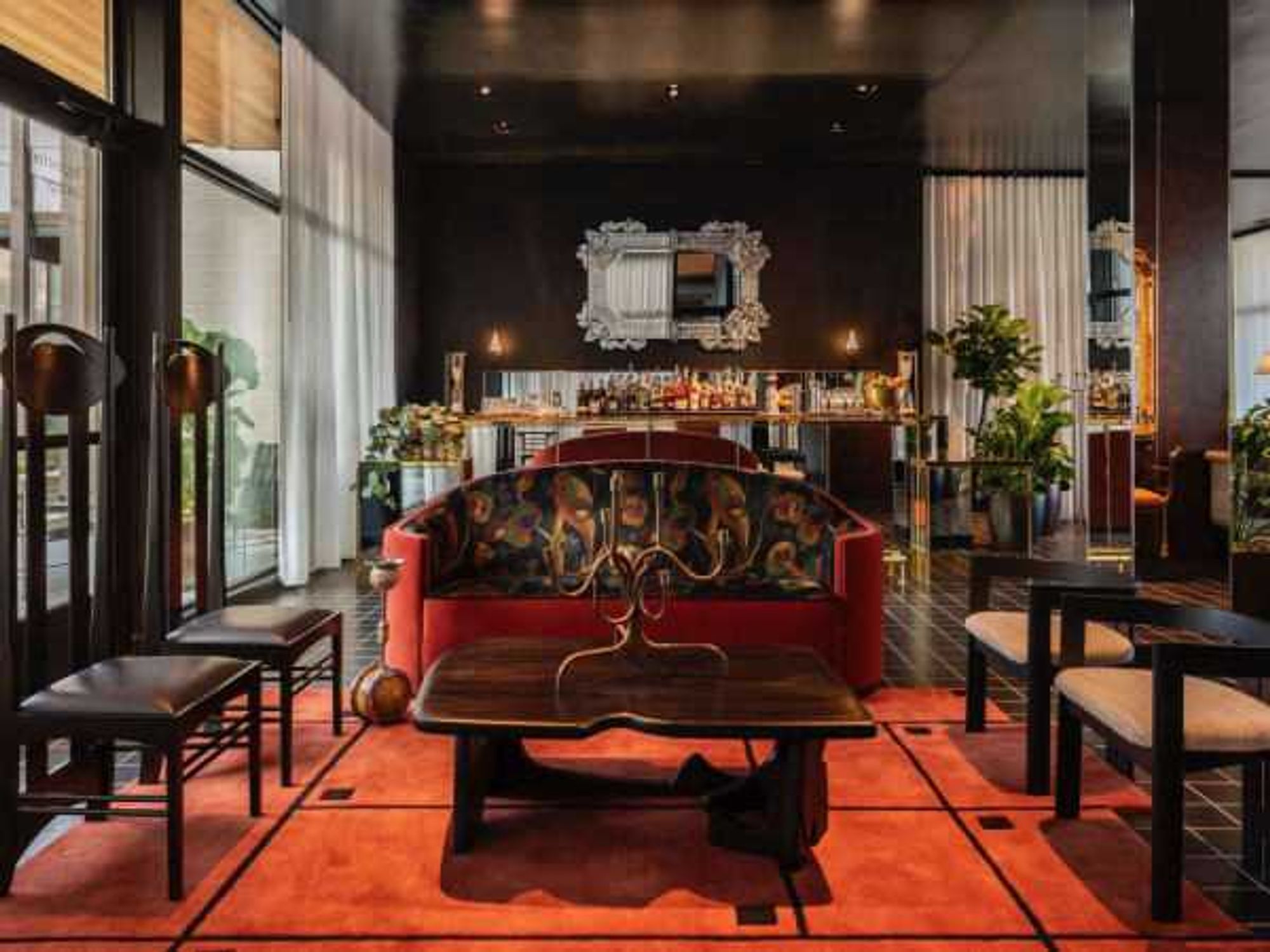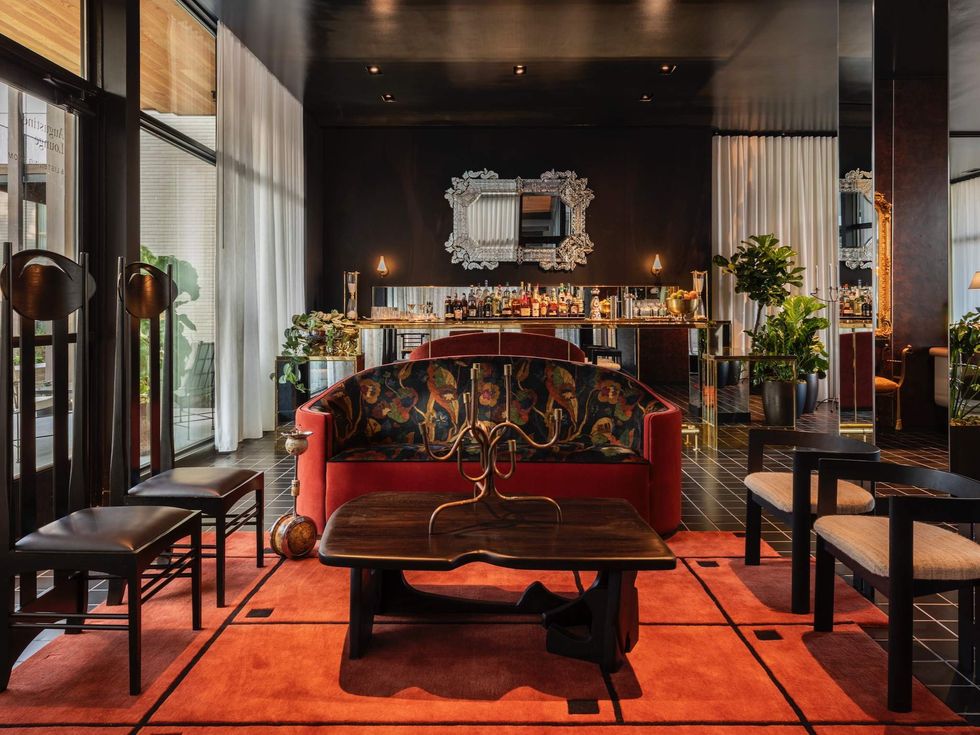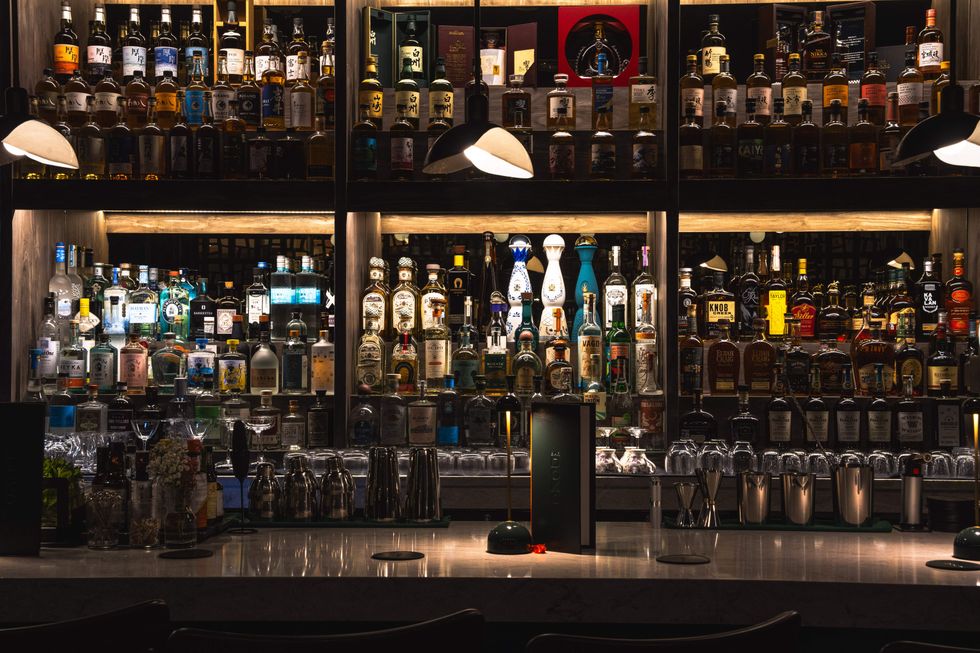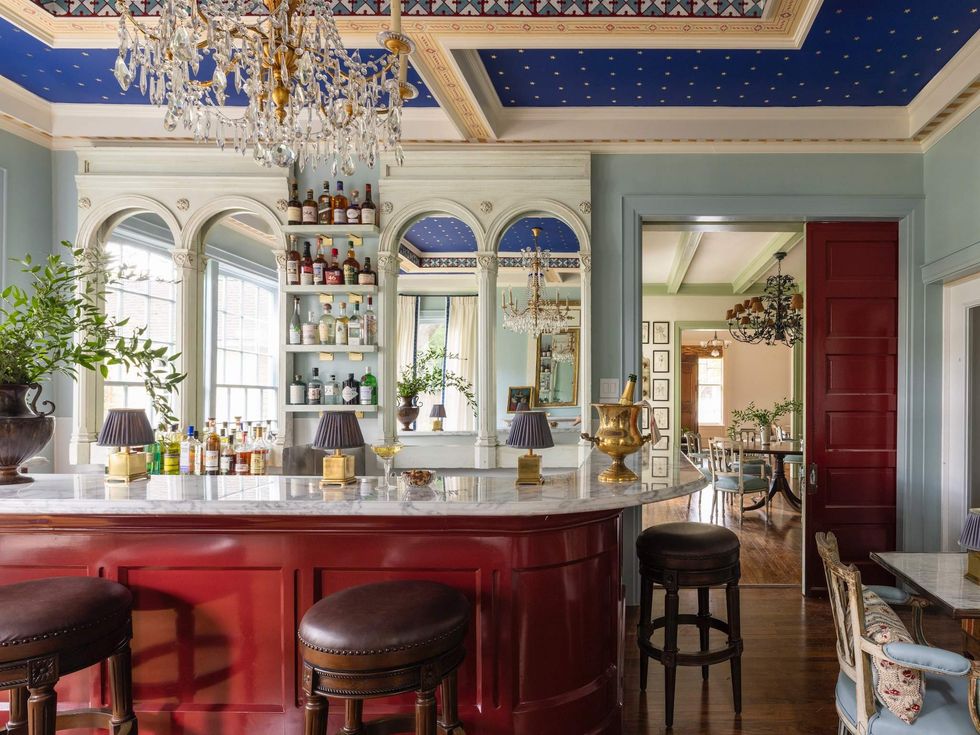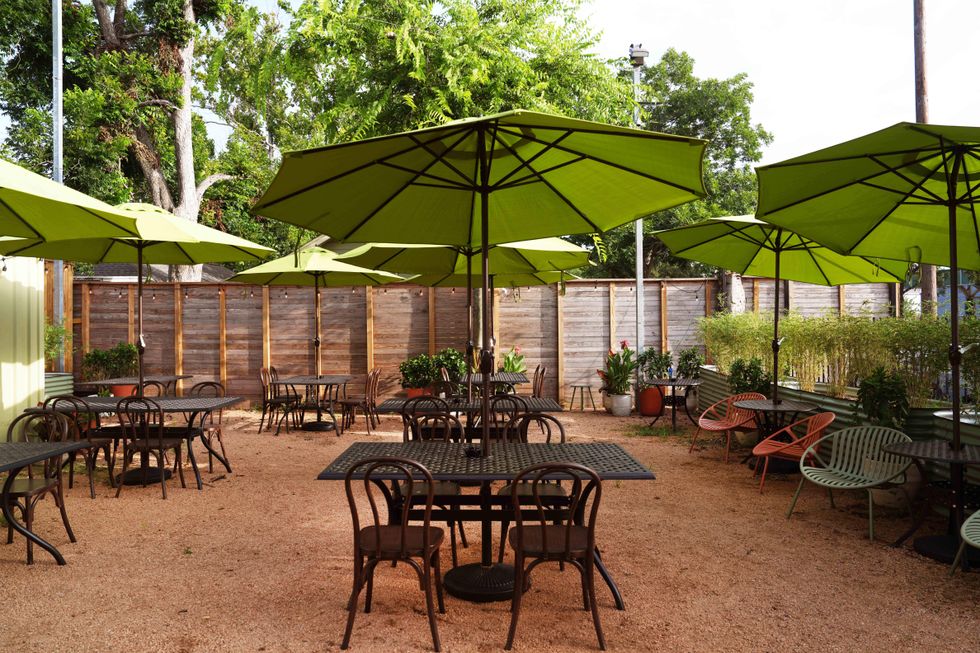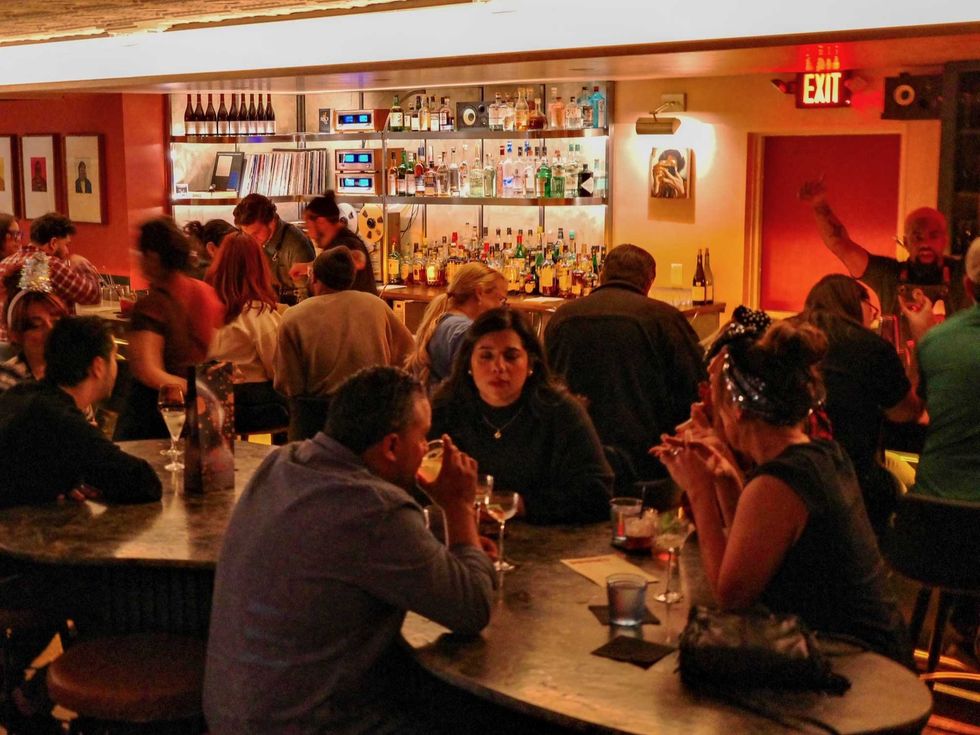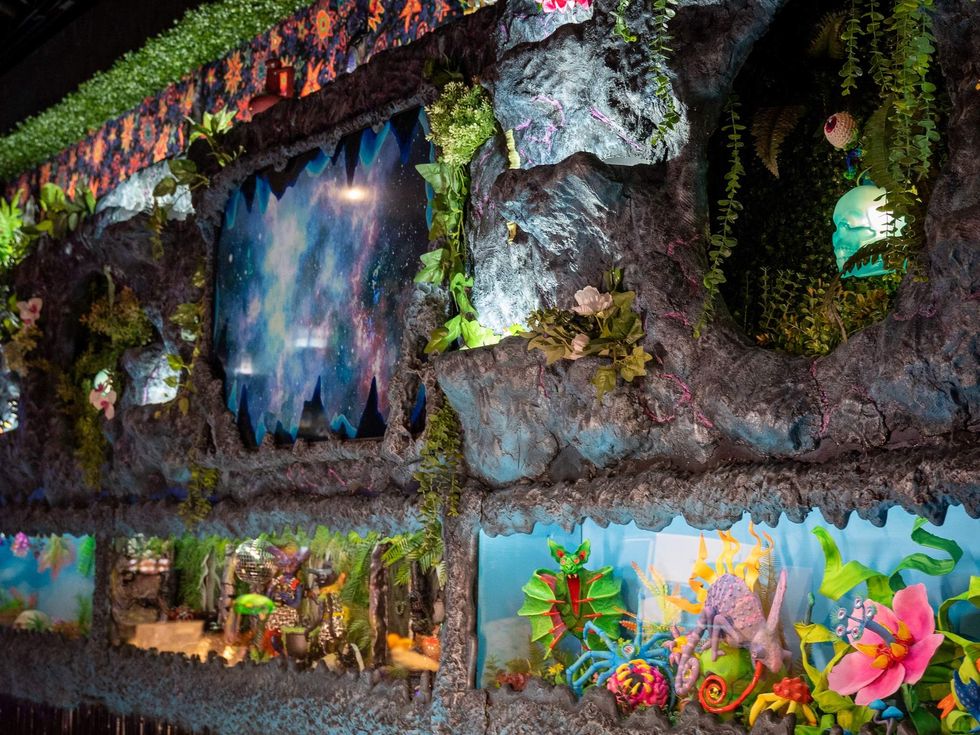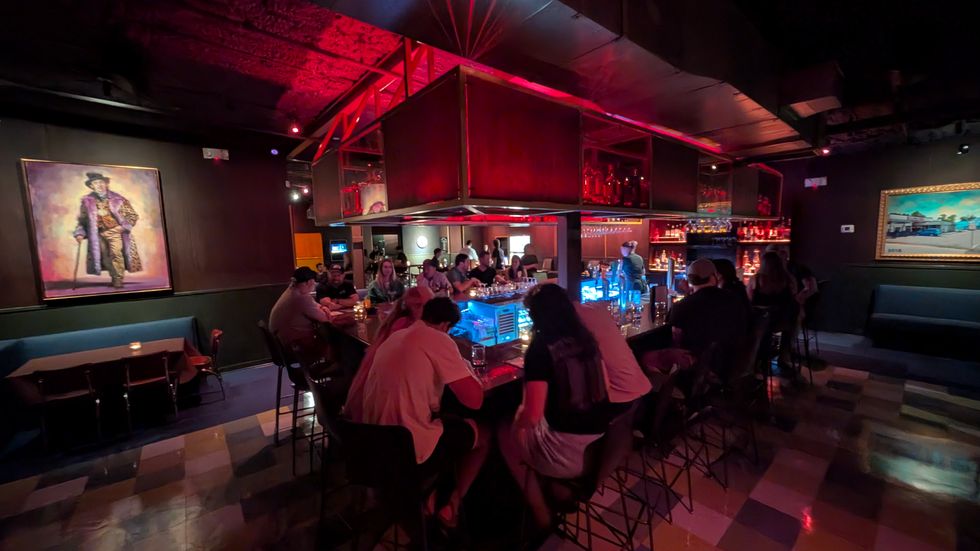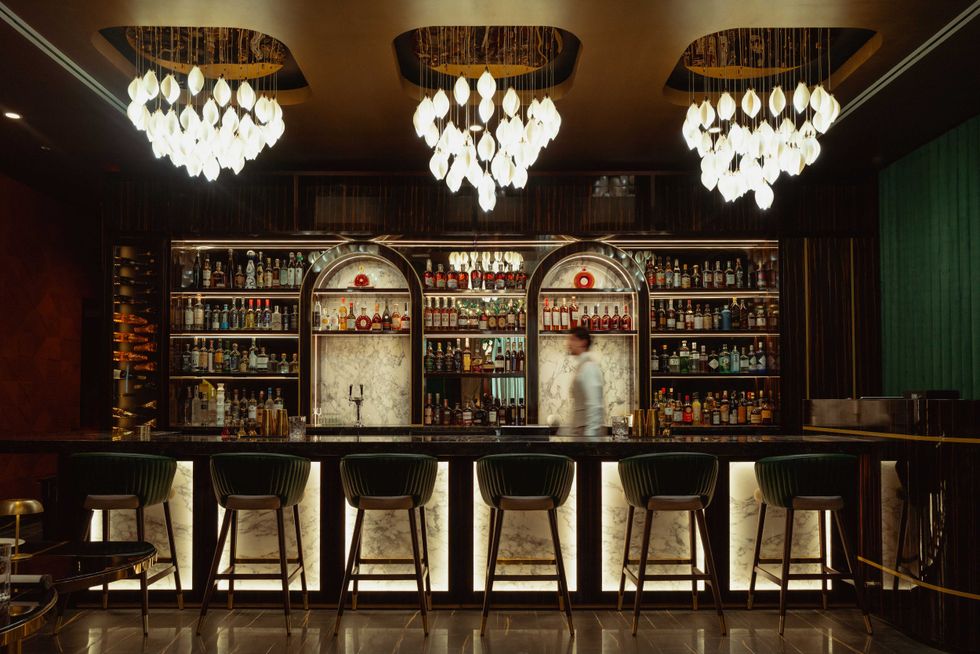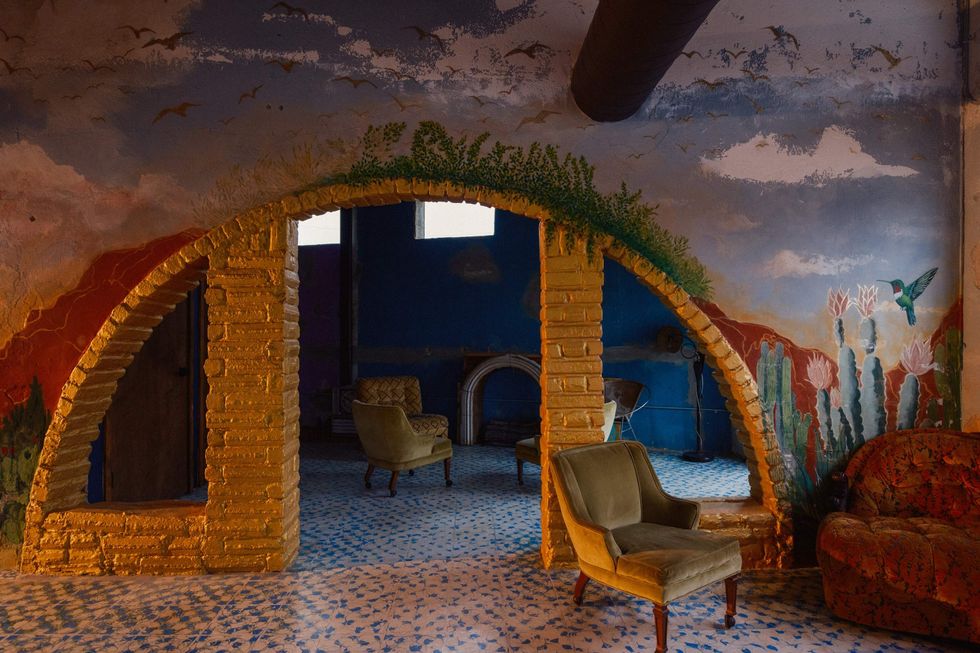wine guy wednesday
CultureMap Wine Guy Chris Shepherd celebrates Cab season with big, bold beauties from Napa

It's Cab season!
Editor’s note: Long before Chris Shepherd became a James Beard Award-winning chef, he developed enough of a passion for wine to work at Brennan's of Houston as a sommelier. He maintains that interest to this day. When Chris expressed interest in writing about wine-related topics for CultureMap, we said yes.
In this week's column, he shares his favorite Cabernet Sauvignon picks from Napa Valley. Take it away, Chris,
Cab Season. Big, delicious Cabernet Sauvignon from California's Napa Valley. Yes, Cabernet is produced all over the world, but today we’re talking specifically about Napa Valley.
Today, 40 percent of the planted vineyard acreage in Napa County is Cabernet Sauvignon, and Cab accounts for 58 percent of the value of the country's annual grape harvest. But has it always been this way? Let’s go back to the beginning.
George Calvert Yount (as in, Yountville) was the first to plant Napa Valley grapes in 1839. But it was Charles Krug who is credited with establishing Napa Valley's first commercial winery in 1861. Wineries started popping up all over, but hit two major setbacks in the early 1900s. The first was phylloxera, an insect pest of commercial grapevines that destroyed 80 percent of the valley's vineyard acreage. The second — Prohibition.
Think about that for a minute. Phylloxera followed by Prohibition caused nearly 30 years of devastation to the wine industry in our country. Imagine if that were to happen today. You wouldn’t have a bottle of wine from Napa Valley for more than 30 years. Unimaginable.
And then something cool happened. In 1944, seven vintners banded together with the idea that a rising tide raises all boats. Now, the Napa Valley Vintners trade association is 539 wineries strong.
British wine shop owner Steven Spurrier had an idea to organize a blind tasting of wines from the U.S., specifically Napa Valley, and French wines 43 years after Prohibition ended. He was a Francophile who loved French wines and didn’t think anything made outside of France could exceed the quality of French wines.
Spoiler alert: Napa Valley wines won in both the white (1973 Chateau Montelena Chardonnay) and red (1973 Stag's Leap Wine Cellars Cabernet Sauvignon) categories. It was a sweep, which catapulted the perception of wines from California, especially Napa Valley, into the stratosphere. The story of the 1976 Paris Tasting was told in a 2008 movie called Bottle Shock, starring Alan Rickman, Bill Pullman, and Chris Pine. I just watched this movie for the first time a few months ago. I highly recommend it.
Now let’s talk about four of my favorite Cabs. California Cabernet is all over the board — from large production to very highly-sought-after cult wines. These four wines are pretty easy to find and are great expressions of the areas in Napa where they’re grown. Vintages vary from year to year, but these wines always hold high quality and consistency. Please note that we’re coming up on the release on what would have been the 2020 vintage, but because of all the fires in Napa, most wineries didn’t produce wines that year. Just like you would go out and support your restaurants in times of crisis, it’s a good time to support your favorite wineries by buying up back vintages. These wineries have lost a year of production.
Founded in 1961, this historic winery entered an exciting new chapter when the Lawrence family purchased it in 2018 and hired a young master sommelier named Carlton McCoy. He has a fantastic vision for the winery and its future.
These wines age for years and years to come. One of my favorites is the Trailside Vineyard Cabernet, which comes from the eastern ridge of Rutherford. I personally like when you can find wines that has a good ten years on it. They've matured in the bottle but still have plenty of tannin and lots of rustic red fruit. If you’re part of their Wine Club, you have access to hard-to-find bottles and older vintages, which is really cool. We were lucky enough a few years back when we were visiting Carlton in Napa to taste a 1976 Heitz Cellar Bella Oaks Vineyard Cab. It tasted fresh and magnificent — tannins and fruits still intact. Pure joy.
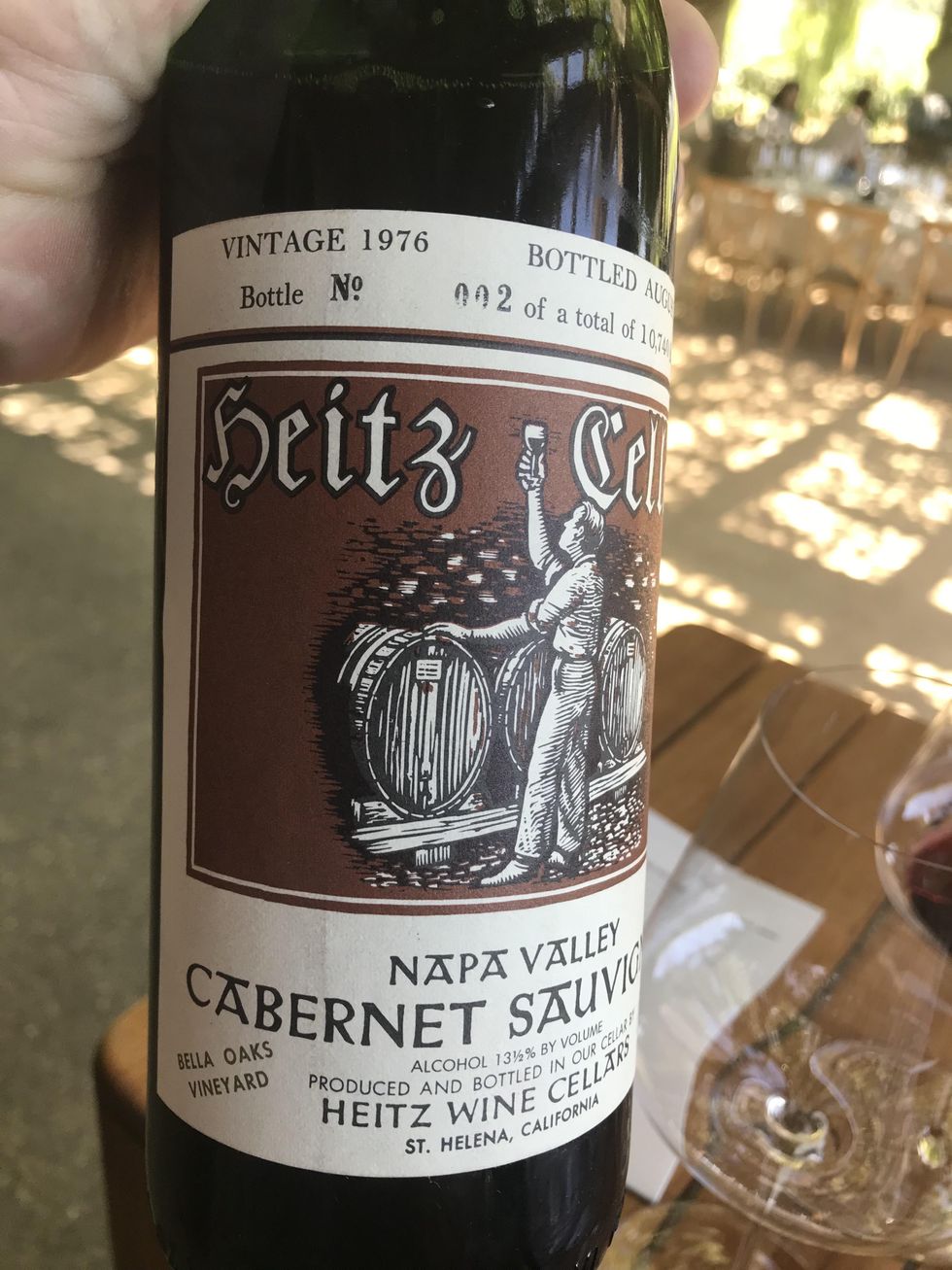
Donn and Molly Chappellet founded their winery in 1976. Their goal? To make wine to rival the great wines of Bordeaux. They bought land on Pritchard Hill — only the second winery there after Prohibition. Farming the hillside was difficult and expensive, but Donn and Molly were right.
Now, Pritchard Hill has been dubbed “Napa Valley’s Rodeo Drive.” I think that means it’s fancy and desirable. Chappellet’s Cab is a great expression of a mountain-grown Cab — dark fruits (dark currants, cassis, blackberries) with big tannin structure. Drinking a current vintage is powerful and even better on a chilly Houston evening.
I know this article is about Cabernet Sauvignon, but their Pritchard Hill Cab Franc is one of my favorite wines of all time. They also produce a stunning Chenin Blanc. They do it right.
Now let’s head over to Howell Mountain and talk about Dunn. In 1978, Randy Dunn and his wife purchased 14 acres on the top of Howell Mountain with five acres of Cab already planted. Now they farm about 42 acres of Cab They make Howell Mountain Cabernet and a Napa Valley Cabernet, a blend of Howell Mountain fruit and fruit from the Valley floor that they purchase. The top of the Howell Mountain Cab bottle is recognizable because it’s dipped in red wax. Just like the bottle, the wine is powerful and elegant and lasts for years. Contrast that with the Napa Valley Cab, which is more approachable with softer tannin structure (and no red wax).
Sidebar: When dealing with a wax top, you can spend your time trying to cut it off, but the best and easiest way is to drive your corkscrew straight through it. It will pop off.
One of my first wine memories was when I was a cook at a restaurant in Clear Lake back in 1996. The owner opened a bottle of 1984 Dunn Howell Mountain Cab for the chef and I to taste. It was one of those ‘aha’ moments that wine drinkers are lucky to experience. It opened my eyes — the aromas, the flavors. It’s a part of me now. If any of you happen to have a bottle of 1984 Dunn Howell Mountain Cab laying around, I would love to drink it with you.
The final wine is near and dear to my heart. Born in 1996, Dave Miner became a custom crush client and started his own wine label. A custom crush client doesn’t own their own vineyards. Instead, they buy fruit from other vineyards and use it to make their own wines. Dave and his family have been friends for a very long time and continually impress me with the structure and depth of the wines. They make Bordeaux-style wines, Rhone-style wines, Burgundy-style wines, and little one-offs that happen all the time. My wife Lindsey and I truly love their wine club. But for the purpose of this article, let’s talk Oakville Cab.
Oakville is a region on the Napa floor known for powerful Cabernet — tons of dark fruits with cedar notes. Miner Cab is exactly what you would expect from Oakville. This wine is absolutely fantastic every time you fire up the grill. Also, be on the lookout for Oracle, which is a Bordeaux-style blend that’s predominantly Cabernet, and two different Pinots that we enjoy from Rosella’s Vineyard and Gary’s Vineyard from Santa Lucia Highlands.
I’m really excited to see where all four of these wineries are going. Get out there, pop some bottles, and celebrate Cab season. Don’t forget – 2020 was a tough year in Napa Valley and Sonoma, so support them if you can.
-----
Contact our Wine Guy via email at chris@chrisshepherdconcepts.com.
Chris Shepherd won a James Beard Award for Best Chef: Southwest in 2014. He recently parted ways with Underbelly Hospitality, a restaurant group that currently operates four Houston restaurants: Wild Oats, GJ Tavern, Underbelly Burger, and Georgia James. The Southern Smoke Foundation, a non-profit he co-founded with his wife Lindsey Brown, has distributed more than $10 million to hospitality workers in crisis through its Emergency Relief Fund.
